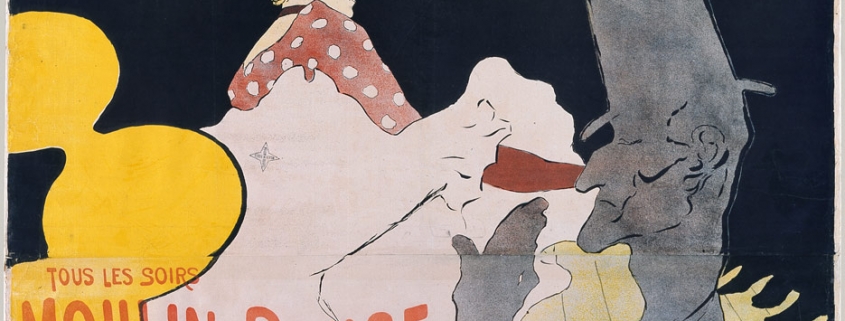Cancan and the Invention of Gay Paree 1867-1914
Dr Jonathan Conlin of Southampton University ushers in the New Year at Gold Hill Museum at 2.30pm on Tuesday 07 January with an illustrated talk subtitled “Fancy liquors and sky-high kickers.” Dr Conlin will consider “how an unlikely cross-Channel coalition of skirt-dancers, purity campaigners, magistrates, music hall starlets, and visual artists conspired together in the years between 1867 and the Great War to create that ‘invisible city’ we know as ‘Gay Paree’: a city located largely in the imagination.” He will challenge “the familiar account of Cancan’s emergence, founded on a tendency to see Paris and London as polar opposites. ‘Gay Paree’ played up to these stereotypes, turning them into a lucrative brand for impresarios on both sides of the Channel.”
As Dr Conlin points out in his Tales of Two Cities: Paris, London and the Birth of the Modern City (Atlantic Books, 2013) the earliest exponents of Cancan were equally men and women. Perhaps the first Cancan star, Finette, who in 1867 brought to London her innovations of the splits and the hat trick (a well-aimed kick to knock a spectator’s top hat off his head), wore a fisherman’s outfit of shorts and white tights. “That the Cancan survived was thanks to a British dancer, Kate Vaughan, inventor of a new type of dance known as skirt dancing …. “
The whole of this fascinating story as told by Jonathan Conlin is free to members of The Shaftesbury & District Historical Society while non-members may pay £3 at the door.
Keri Jones’s interview with Jonathan Conlin can be accessed at ThisisAlfred.com by clicking this link



